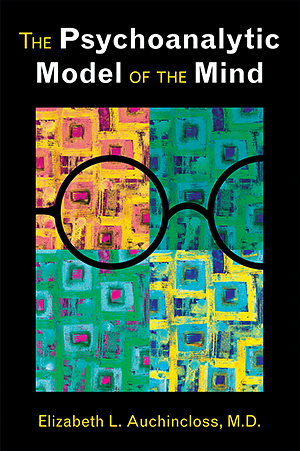Chapter 11.Object Relations Theory
Sections
Excerpt
This chapter introduces readers to Object Relations Theory. It outlines the basic assertions of this model of the mind, comparing it with previous models. It discusses some famous object relations theories, pointing to similarities and areas of overlap with neighboring disciplines and fields of research. Finally, it explores the contributions of Object Relations Theory to our understanding of psychopathology and treatment. Vocabulary introduced in this chapter includes the following: Adult Attachment Interview, attachment, attachment behavioral system, attachment theory, borderline personality organization, co-created experience, container/contained, corrective emotional experience, countertransference, depressive anxiety, depressive position, differentiation, envy, good-enough mother, holding environment, identity diffusion, individuation, internal working models of attachment, interpersonal, Mentalization-Based Treatment, midlife crisis, need-satisfying object, object, object permanence, object relations, on the way to object constancy, paranoid position, part object, persecutory anxiety, position, practicing, rapprochement, rapprochement crisis, representation, schema, schizophrenogenic mothering, self constancy, separation, separation-individuation, Strange Situation, therapeutic alliance, Transference-Focused Psychotherapy, and whole object.
Access content
To read the fulltext, please use one of the options below to sign in or purchase access.- Personal login
- Institutional Login
- Sign in via OpenAthens
- Register for access
-
Please login/register if you wish to pair your device and check access availability.
Not a subscriber?
PsychiatryOnline subscription options offer access to the DSM-5 library, books, journals, CME, and patient resources. This all-in-one virtual library provides psychiatrists and mental health professionals with key resources for diagnosis, treatment, research, and professional development.
Need more help? PsychiatryOnline Customer Service may be reached by emailing [email protected] or by calling 800-368-5777 (in the U.S.) or 703-907-7322 (outside the U.S.).



